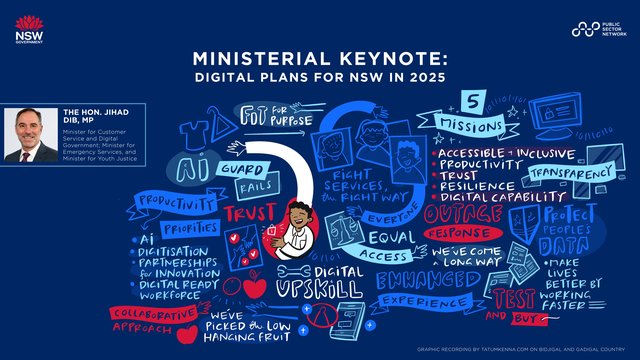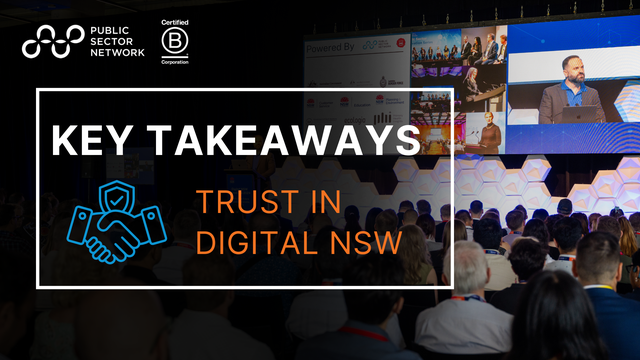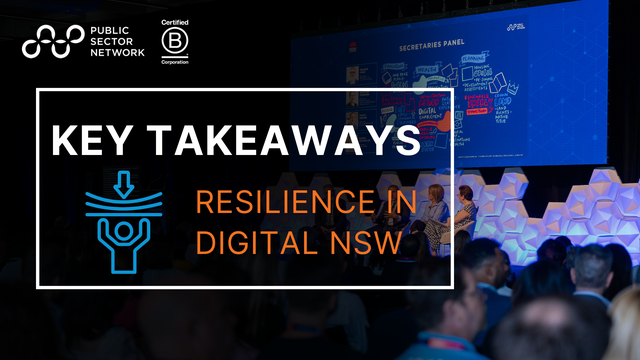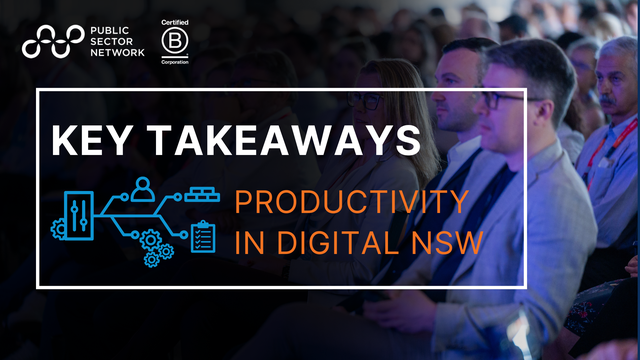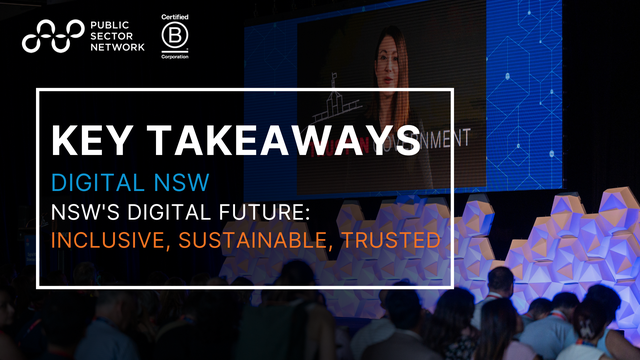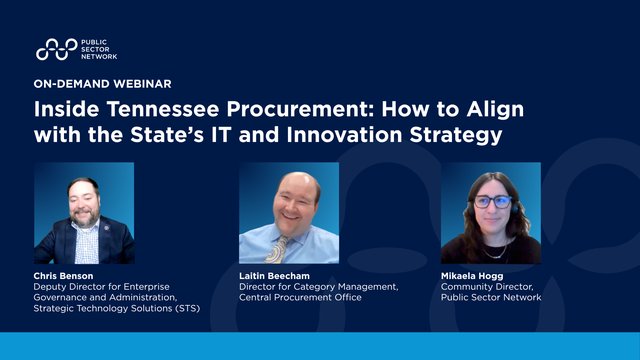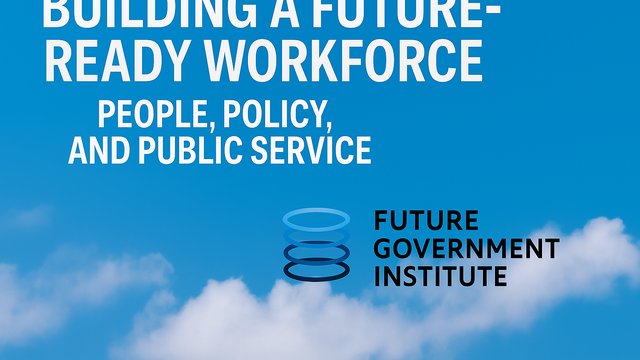
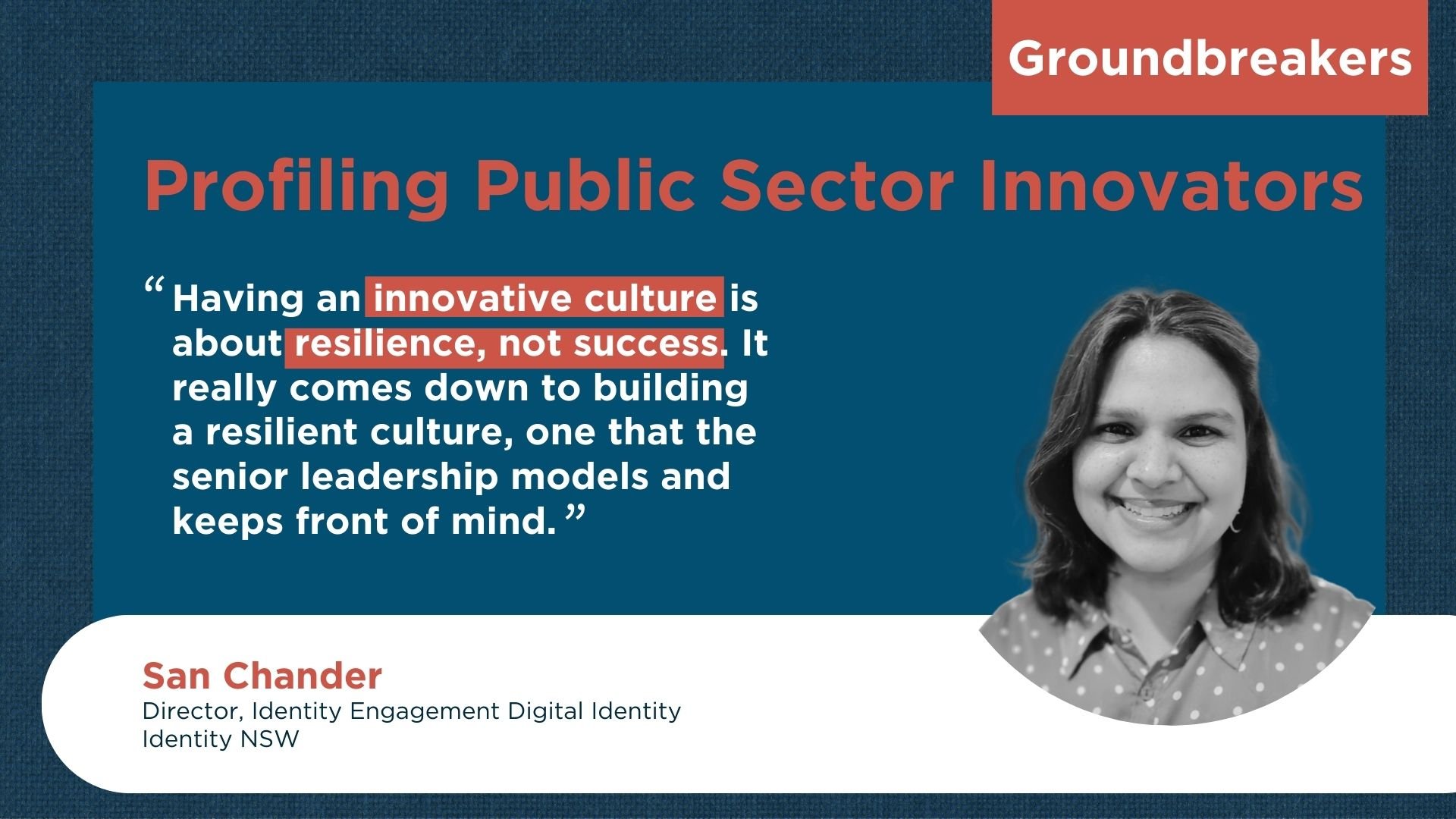
It isn’t easy driving change in the public sector. There’s a lot of pressure to maximise success and minimise failure. When everyone in the state is your customer, the stakes are incredibly high for things to go wrong. It can also be hard to lay the foundation for long-term projects with government turnover.
San Chander has dedicated her career to encouraging innovation in the public sector. San loves the curly problems, and her work helps build the public sector appetite for transformation. Recently, she’s paved the way for a nation-first project enabling digital identification and verification. It opens new doors for public sector servicing and has demonstrated best-use when road-testing projects with sensitive data.
PSN sat down with San to learn what it takes to drive first-in-the-nation innovation.
Jordan Mullins, Head of Editorial, Public Sector Network: Can you describe your work in a single sentence?
San Chander, Director, Identity Engagement | Digital Identity, Identity NSW: It's making the digital economy safer and making government services more accessible and more convenient for everyday people, folks like you and me.
And what's your key motivator in accomplishing this?
People, people, people. I’ve been in the public sector for more than 10 years, and I’ve stayed because we get to solve the really curly problems and everyone’s a stakeholder.
I love the challenge of trying to figure out how to make change happen in such a complex space, and there's lots of tricky constraints. It could be legal and regulatory, or budget, resourcing and capability. It's the opportunity to help people that gets me up in the morning.
Which curly challenges have you taken personal ownership of in your organization?
Digital Identity and verifiable credentials. It's a space the public, government and businesses don't always understand.
Because I work in Identity NSW, I love advocating for how digitization can help protect people, and how it can help protect businesses in a very digitized economy.
Where I feel like I've played a really core role in this in the last number of years is tackling the huge amount of technical jargon and knowledge to be grasped and translated into understandable, accessible layman terms.
Our program continues to be a key priority for NSW Government even after machinery of government changes and that’s because there is immense value for the public, but also the economy more broadly.
Are there any achievements in the last 12 months that you're particularly proud of?
The one that I'm super proud of is the launch of the first statewide transaction that uses the solution we’re building. If you’ve had to process a working with children check recently, you’ll know you can now renew that end to end digitally online, safely. This means you can prove your identity without having to come into a service centre and this means incredible convenience for everyday people, for teachers, for nurses, for caregivers of children and sports coaches.
I get excited about this project because when I hear from these folks who don’t always have the time to process documents in person, we’re taking away that anxiety and letting them submit documentation at their convenience in less than an hour. It’s key to ensuring they are employable, and they stay employable.
This is our first state-wide transaction, but it won't be the last. We're going to be working towards higher risk transactions in this space as well.
That is a really big project. How did you align stakeholders from senior leadership to your team and any other potential solutions providers?
It's been an adventure because there's not a whole lot of examples or models. Being the first means you must build this awareness with stakeholders. This includes those third–party vendors, the whole broader team, and the senior leadership. It’s important to communicate that we will have challenges because it's so new.
To build space for failure required collaborative forums that planned for it.
Creating this program also required clarity with everyone, including sponsors and the government, that this process required extensive testing before being rolled out. It was high stakes because we really want to make sure the highest level of assurance is in place when it comes to digital ways to help people safely prove identity, professional qualifications and credentials. We do this by prioritizing privacy of personal information and minimizing data storage and sharing to the extent possible.
We needed a commitment of the overall team to understand that we'll have to do this iteratively and there will be times that we run into major issues, major risks, and we'll have to just be honest and transparent to work through these challenges together.
Creating a culture where people felt safe to raise an issue, rather than sweep it under the rug, took a lot of encouragement and a lot of reassurance. It could be frustrating as well. When a team spends real effort building a solution and you realize it isn’t going to hit the mark, that can really hurt people’s feelings and confidence.
Bringing them back on track and keeping them focused was about reassuring them that they were working in a challenging, innovative space.
Having an innovative culture is about resilience, not success. It really comes down to building a resilient culture, one that the senior leadership models and keeps front of mind.
Let's talk more about this appetite for failure. Is there any skill set that you think public sector employees and public sector leaders should be focusing on to enable an environment of innovation?
I think public sector has a unique challenge in that everyone's a customer. We all pay our taxes, and we expect good governance in return. I think sometimes the public sector can struggle managing the risk of perceived failures.
It’s hard to keep curiosity alive, but it’s so important to enable innovation. Innovation isn’t just about the opportunity for success. It’s also about the opportunity to learn from others – their successes and their failures.
Breaking beyond the status quo and keeping curiosity alive ultimately improves service delivery.
For my last question, you mentioned that you've been in the public space for over a decade. How did your career path bring you to this current point?
I've had an interesting journey. When I was a little kid, I remember being a storyteller, and it’s still the thing I love best. However, I had a very different start to my career. I began in accounting and finance, which required me to find a creative outlet. I realized numbers could be used to tell a commercial story. My role evolved from providing decision support to then decision making and enabling transformation and innovation.
I’ve focused my career on helping others embrace innovation.
This has moved me across program management, delivery governance and now engagement and making long-term decisions for the public good. It's been amazingly rewarding because every day I feel like I learn something new in this very dynamic space. I’m part of a great team that I get to work with who are very curious, and we get to solve the curly problems together.

